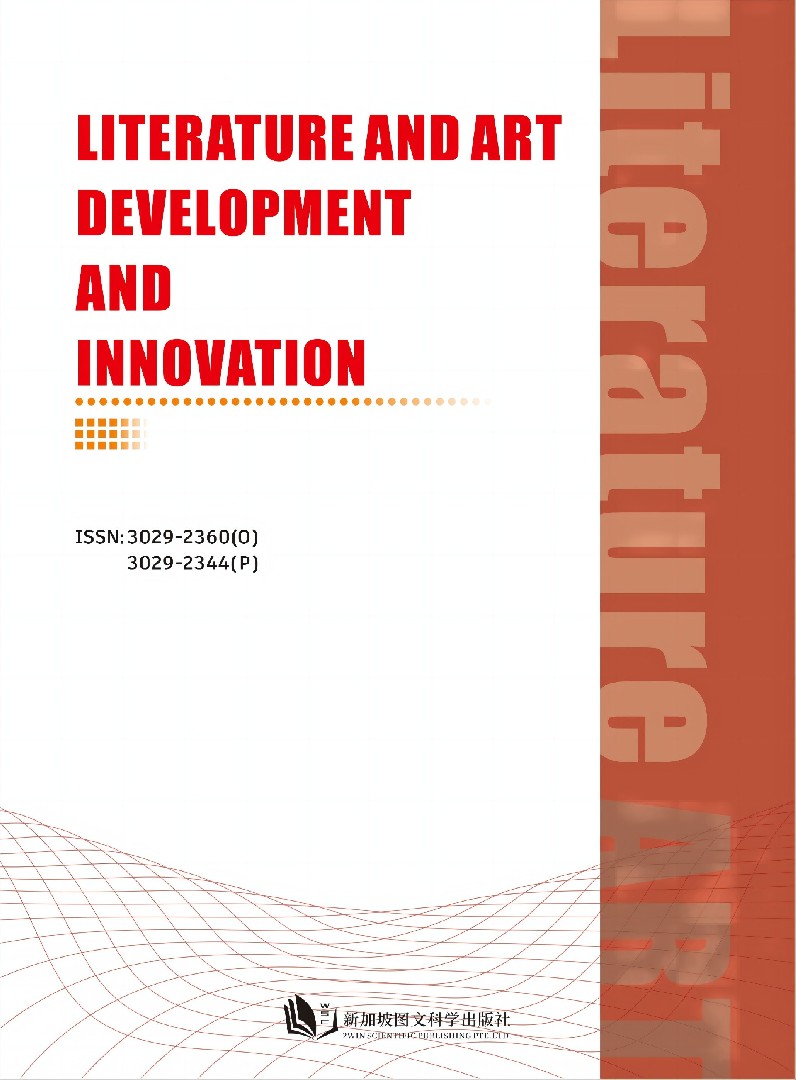作者
Shuyi Yu
文章摘要
Diderot’s Nun is an outstanding work of fantasy novels. By cleverly imagining the monastery space and its internal consciousness and power, the author truly reproduces the repressed monastery life. Monastery is not a spatial combination of simple materials. From a religious point of view, it is a sacred space with religious discipline. From the internal relationship, it is a power space with complex norms; In the social background of the Enlightenment at that time, it was an inhuman, backward and closed female space. The imagination and writing of space not only makes the suffering of Sister Susan from fantasy to reality and convincingly, but also alludes to the oppression and destruction of nun’s humanity by the real-world monastery as a combination of space and power. Based on the theory of space criticism, this paper discusses the specific composition mode of the monastery space in Diderot's works, and how it makes Sister Susan go against her will and lead to a tragic fate.
文章关键词
Diderot’s Nun’s Space Theory
参考文献
[1] Henri Lefebvre. The Production of Space [M]. Translated by Donald Nicholson-Smith. Oxford UK: blackwellLtd 1991.
[2] Michel Foucault. Eyes of Power . Shanghai People's Publishing House.
[3] Mircea Eliade. Sacred and Secular. Translated by Wang Jianguang. Huaxia Publishing House, 2002-12.
[4] Denis Derot. Sister Lamo's nephew [M]. Translated by Lu Yuanchang. Nanjing: Yilin Press 1998.
[5] Foucault. Security, Territory and Population [M]. Qian Han, Translation. Shanghai: Shanghai People's Publishing House, 2010
Full Text:
DOI
